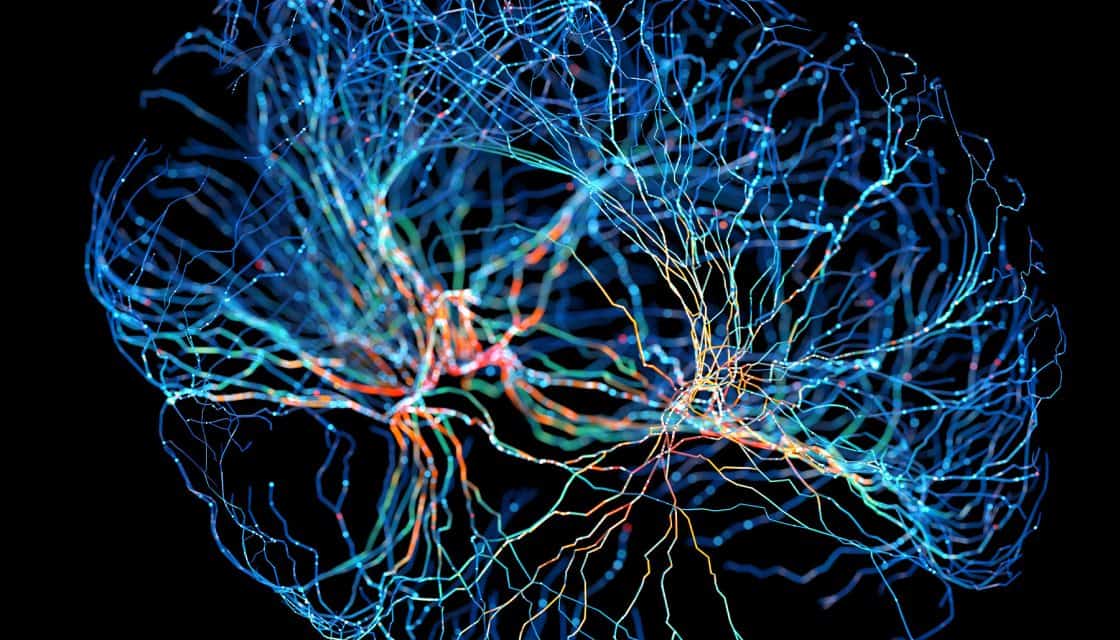
In the Mind’s Shadow: Yale Researchers Discover the Brain’s Universal Attention Trigger
In a revolutionary study that could reshape our comprehension of the brain’s interaction with the world, researchers from Yale University have pinpointed a key neural mechanism that activates attention across all sensory modalities. Released on May 15 in the journal NeuroImage, this extensive research indicates that two previously underappreciated subcortical regions — the midbrain reticular formation and the central thalamus — function as a universal command hub, lighting up any time attention is redirected, regardless of the sensory input.
The ramifications for neuroscience and clinical applications are substantial, illuminating previously elusive processes that form the basis of attention, awareness, and consciousness.
Revealing the Brain’s Concealed Coordinators
Previously, attention was mainly viewed as a function of the brain’s cortex, with various lobes handling visual, auditory, tactile, and gustatory data. However, the Yale team — led by postdoctoral researcher Aya Khalaf — speculated the existence of a more universal neural mechanism rooted deeper in the brain’s evolutionary architecture.
Their intuition was validated.
Utilizing functional MRI (fMRI) data from over 1,500 subjects engaged in 11 sensory tasks, the team discovered that whenever a participant’s focus was directed toward a new stimulus — whether it was a flash of light, an unexpected sound, a tactile sensation, or taste — a consistent pattern of neural activation was observed. Notably, two regions consistently activated prior to conscious awareness:
– The Midbrain Reticular Formation: A crucial element of the brainstem, this structure is conventionally associated with alertness and arousal.
– The Central Thalamus: Often seen as a relay for sensory information, newer studies recognize it as a central moderator of consciousness.
This research signifies the first demonstration of these subcortical structures engaging universally across sensory modalities during shifts in attention.
The Four-Second Protocol: The Timing of Conscious Awareness
Among the most captivating revelations of the study is the timing of this activation. Just four seconds following any event that captures attention, the midbrain and central thalamus spark a wave of activity, priming the brain for cortical processing.
“Consider it as the conductor preparing an orchestra before the performance begins,” Khalaf clarified. “These areas provide the initial cue that signals, ‘Stay alert, something significant is about to occur.’”
This implies a framework where these subcortical regions function as an initial activation switch — not merely conveying signals passively, but actively setting up the higher cognitive functions to process incoming information consciously.
Updating Textbooks: A Dual-Layered Structure of Attention
The new findings dispute the enduring notion that attention is predominantly controlled by the cortex. They advocate instead for a dual-layered framework:
1. Subcortical Activation: The midbrain and thalamic areas activate first, establishing a baseline alertness and preparing the cortex for new stimuli.
2. Cortical Selection: The cerebral cortex subsequently processes and highlights specific elements such as object identification, language, or memory.
This integrated model elucidates how we can seamlessly shift our attention across senses — rapidly identifying a siren in traffic, focusing on a friend’s voice in a busy gathering, or relishing the first taste of a sumptuous meal.
Advancing Understanding of Consciousness Disorders
The implications for clinical neuroscience could be extensive — notably in the assessment and treatment of consciousness and attention-related disorders.
Researchers have long noted that stimulation to specific areas of the thalamus can temporarily restore awareness in patients with minimal consciousness. This recent study might clarify why: these subcortical pathways may be fundamental for “rebooting” consciousness.
Dr. Hal Blumenfeld, senior author of the study and Yale professor of Neurology, Neuroscience, and Neurosurgery, remarked that the research provides crucial insights into the intricacies of awareness.
“This has also offered us valuable perspectives on how the brain operates under normal circumstances,” Blumenfeld observes. “It’s genuinely a significant advancement in our understanding of awareness and consciousness.”
A Data-Driven Revelation
This insight was made possible through the study’s remarkably large dataset, comprising neuroimaging from numerous major studies:
– The Human Connectome Project
– The UCLA Consortium for Neuropsychiatric Phenomics
– Glasgow University datasets
– Sensory-focused research from Yale and Poland’s Jagiellonian University
By examining such a rich and varied array of data, the researchers could identify generalizable patterns of neural behavior — something nearly unattainable in smaller, more isolated investigations.
This “big data” methodology is gaining traction in neuroscience, hastening the identification of hidden patterns in cerebral function.
The Consciousness Query
While the exact neural correlates of consciousness persist as one of science’s profound enigmas, this finding brings us closer to unraveling it by indicating that the midbrain and thalamus could be critical precursors to awareness.
Could these brain structures form part